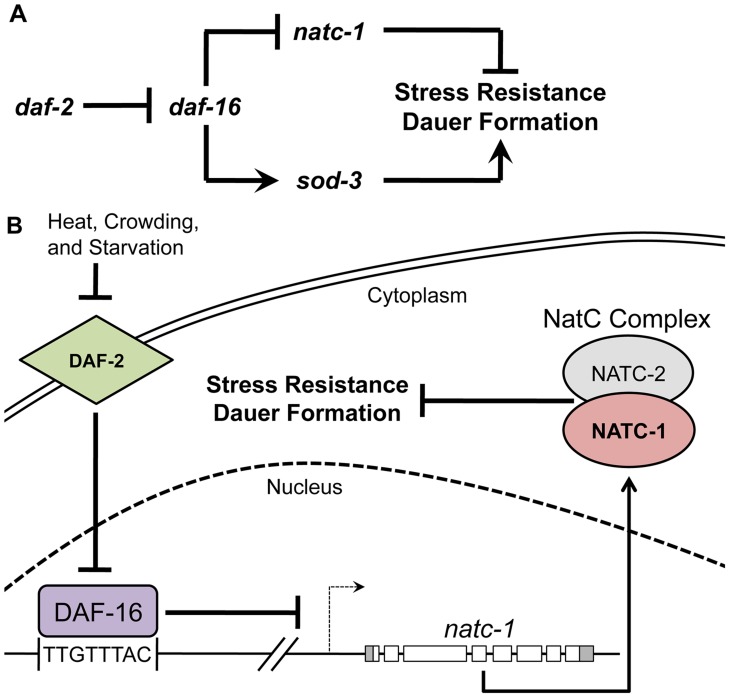Figure 8. natc-1 is a physiologically significant downstream effector of the insulin/IGF-1 signaling pathway.
(A) A genetic model of natc-1 function. Arrows and bars indicate positive and negative interactions, respectively, that may be direct or indirect. We propose that natc-1 negatively regulates stress resistance and dauer formation based on the phenotype of natc-1(lf) mutant animals and natc-1 functions downstream of daf-16 based on genetic epistasis results and regulation of natc-1 mRNA levels. Other interactions are based on published studies [1], [54], [88], [89]. In contrast to sod-3 and other well-characterized DAF-16 target genes that are positively regulated and enhance stress resistance, natc-1 is negatively regulated and inhibits stress resistance. (B) A combined genetic and molecular model of the function and regulation of natc-1. DAF-2 is an insulin/IGF-1 transmembrane receptor that functions through a signaling pathway (not shown) to inhibit the activity of the DAF-16 FOXO transcription factor [90]. We propose DAF-16 directly binds the natc-1 promoter and represses transcription. natc-1 transcription and translation promotes activity of the NatC complex, which is predicted to acetylate multiple proteins. However, the role of specific target proteins that modulate stress resistance and dauer larvae formation has not been established.

